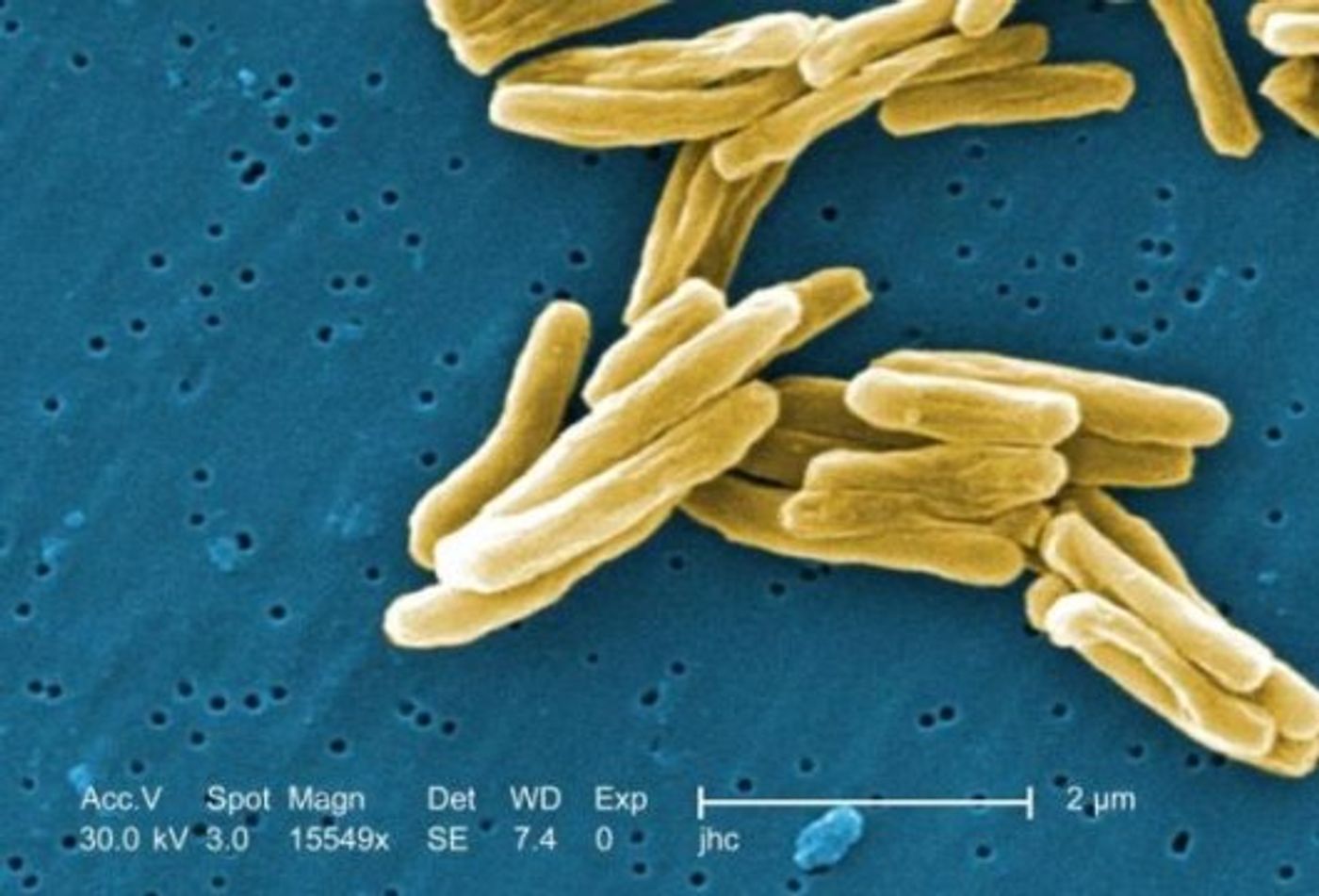The Evolution and Spread of Drug-resistant Tuberculosis
Tuberculosis (TB) is a deadly disease, and while it has declined, it still kills more people than any other infectious illness. It’s caused by a microbe called Mycobacterium tuberculosis, and the most common form of it originated in Europe, revealed a new study in Science Advances. Explorers and colonialists then carried the pathogen all over the globe, and while the number of TB cases has declined in recent years, it could become a major problem if antibiotic-resistant strains of it continue to evolve, and then spread around the world.
This work is the most comprehensive analysis of the genome of the Lineage 4 TB type of tuberculosis, which broadens our understanding of how it spread worldwide. The research, which was led by University College London and the Norwegian Institute of Public Health, also followed the evolution of drug-resistant strains and found that luckily for us, they haven’t moved far from their countries of origin.
"Our findings strongly suggest that at least for Lineage 4, antibiotic resistance is a local challenge present in multiple countries and regions, but with minimal spread between them. Therefore, countries that succeed in halting transmission of resistant strains within their territory should expect to see a massive decrease of drug-resistant TB," explained the corresponding author of the study, Dr. Vegard Eldholm of the Division of Infection Control and Environmental Health, Norwegian Institute of Public Health.
"This is not to say that we should not be worried about the international spread of resistant strains, as these patterns might well change in the future, especially if the burden of antibiotic resistance keeps growing."
The investigators analyzed 1,669 different samples of Lineage 4 TB obtained at different times from all over the world. Some of the samples were even obtained from ancient mummies, while others were taken quite recently. Every strain was placed on a family tree showing its how the pathogen moved geographically and changed genetically over time.
Tuberculosis is outlined in the video by the Centers for Disease Control and Prevention.
Of seven lineages assessed, only 2 and 4 had a truly global distribution, which may reflect how humans in the past migrated, or how good the strains were at getting transmitted.
This work contrasts with earlier studies suggesting a dominant strain came from Africa between 4,000 and 6,000 years ago. Lineage 4 actually rose in Europe about 1,000 years ago to become the dominant form. This careful genetic investigation indicates that Lineage 4 was first found in Africa in the 15th century in the Republic of Congo, spreading to other countries in Africa two centuries later. This spread mirrors the colonial activities of Europeans in Africa.
"In Western Africa, Lineage 4 is the dominant form of TB but Lineages 5 and 6 are also common. These lineages cause a lesser disease burden and do not transmit as well. It is likely that with the arrival of the European Lineage 4 replacing less aggressive lineages in this region, TB became a lot more common and virulent," said study co-author Professor Francois Balloux of UCL Genetics, Evolution & Environment.
This detailed mapping showed that drug-resistant mutations appeared in the pathogen soon after the introduction of antibiotics that treated TB.
"Successfully mapping past migration in this level of detail is a key first step to understanding the spread of disease in order to predict what might happen next, which is the ultimate goal," concluded Dr. Eldholm.
Sources: AAAS/Eurekalert! Via University College London, Science Advances









